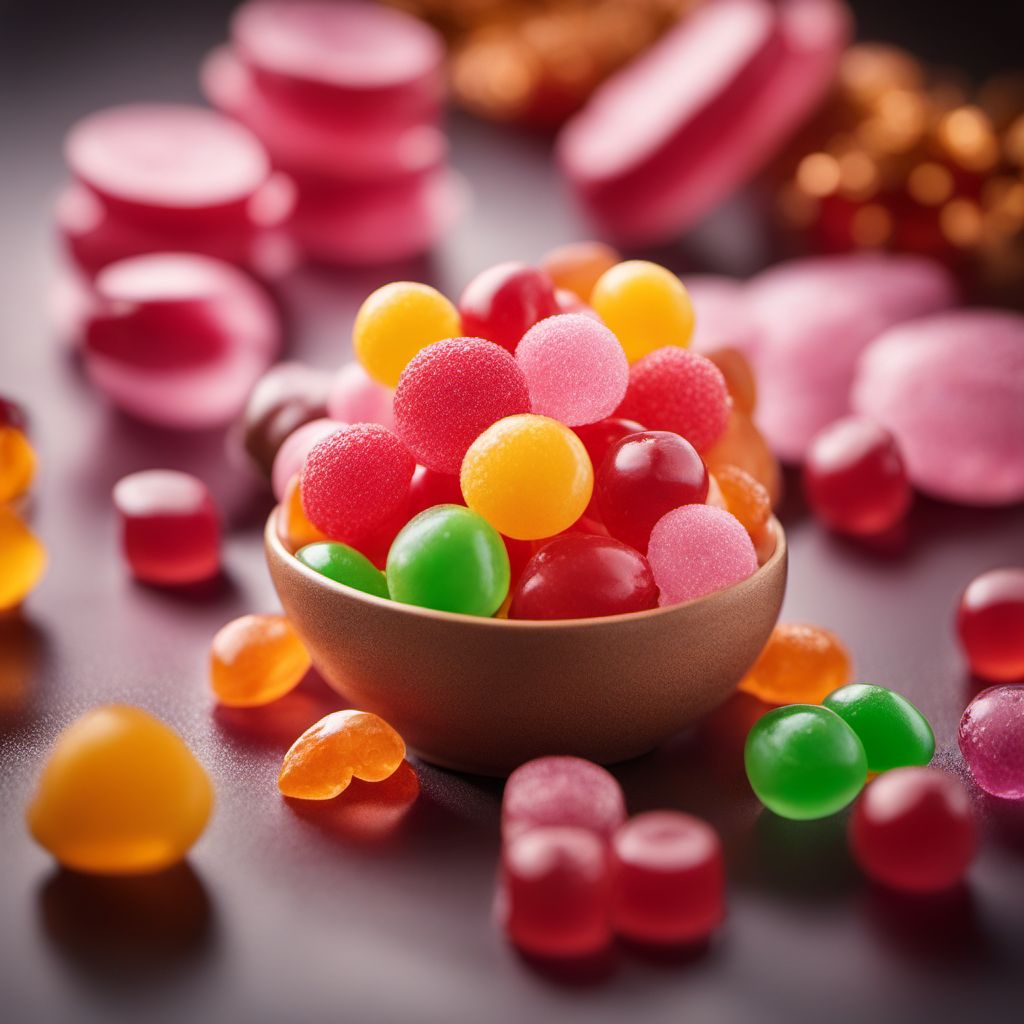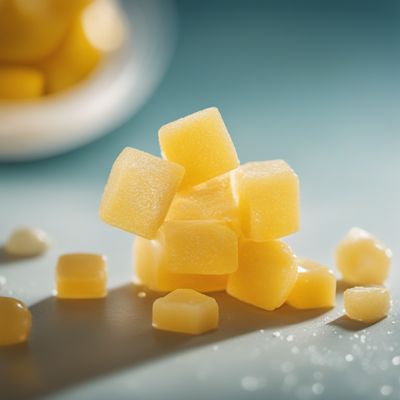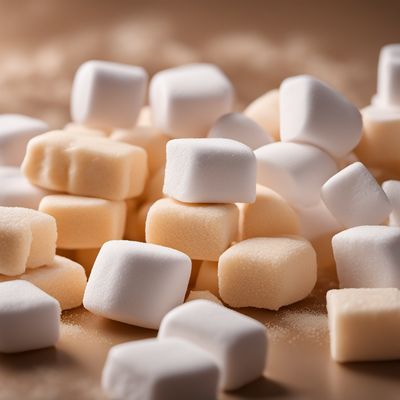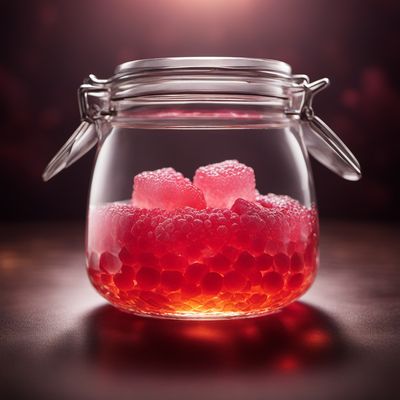
Ingredient
Soft candies and analogues
Sweet Indulgences
Soft candies are a broad category of confectionery that includes chewy, gummy, or jelly-like treats. They are typically made with a combination of sugar, corn syrup, gelatin, and flavorings. These candies are known for their soft and pliable texture, allowing them to be easily chewed and enjoyed. They come in a wide range of flavors, colors, and shapes, making them a popular choice for satisfying sweet cravings.
Origins and history
The history of soft candies can be traced back to ancient civilizations, where sweet treats made from honey or fruit juices were enjoyed. Over time, the development of sugar and gelatin allowed for the creation of more diverse and complex soft candies. Today, soft candies are enjoyed worldwide and are often associated with childhood memories and celebrations.
Nutritional information
Soft candies are generally high in sugar and calories, providing a quick source of energy. They are low in fat and contain no cholesterol. However, they should be consumed in moderation due to their high sugar content.
Allergens
May contain gelatin, which is derived from animal sources. Some soft candies may also contain allergens like nuts or dairy, depending on the specific ingredients used.
How to select
When selecting soft candies, look for products that are fresh and have not expired. Check the packaging for any signs of damage or tampering. Opt for candies that are soft and pliable, without being overly sticky or hard. Consider the flavor and texture preferences of the intended consumer, as soft candies come in a wide variety of options.
Storage recommendations
To maintain the freshness and quality of soft candies, store them in a cool, dry place away from direct sunlight or heat sources. Avoid exposing them to moisture, as it can cause the candies to become sticky or lose their texture. Sealing the candies in an airtight container or resealable bag can help prolong their shelf life.
How to produce
Soft candies are typically produced in large-scale manufacturing facilities using specialized equipment and processes. However, it is also possible to make homemade soft candies using gelatin, sugar, flavorings, and food coloring. Recipes and instructions can be found in cookbooks or online resources.
Preparation tips
Soft candies can be enjoyed as a standalone treat or used in various desserts and confectionery creations. They can be incorporated into baked goods, such as cookies or cakes, or used as toppings for ice cream or yogurt. Soft candies can also be melted and used as a filling for chocolates or as a decorative element in cake decorating.
Culinary uses
Soft candies are commonly used in the confectionery industry and are enjoyed by people of all ages. They are widely available in supermarkets, candy stores, and online retailers. Soft candies and their analogues can be found in various forms, including gummy bears, jelly beans, fruit chews, and licorice.
Availability
Worldwide availability
More ingredients from this category

Chewing gum
The Art of Chewing: A Flavorful Pastime

Liquorice candies
The Sweet Licorice Temptation: Liquorice Candies

Foamed sugar products (marshmallows)
"Pillowy Delights: The Sweet World of Marshmallows"

Jelly candies
"Gooey Delights: Exploring the World of Jelly Candies"

Gum drops
Colorful Delights